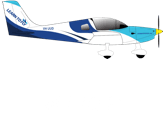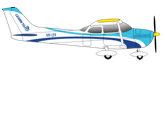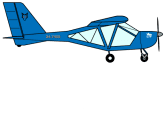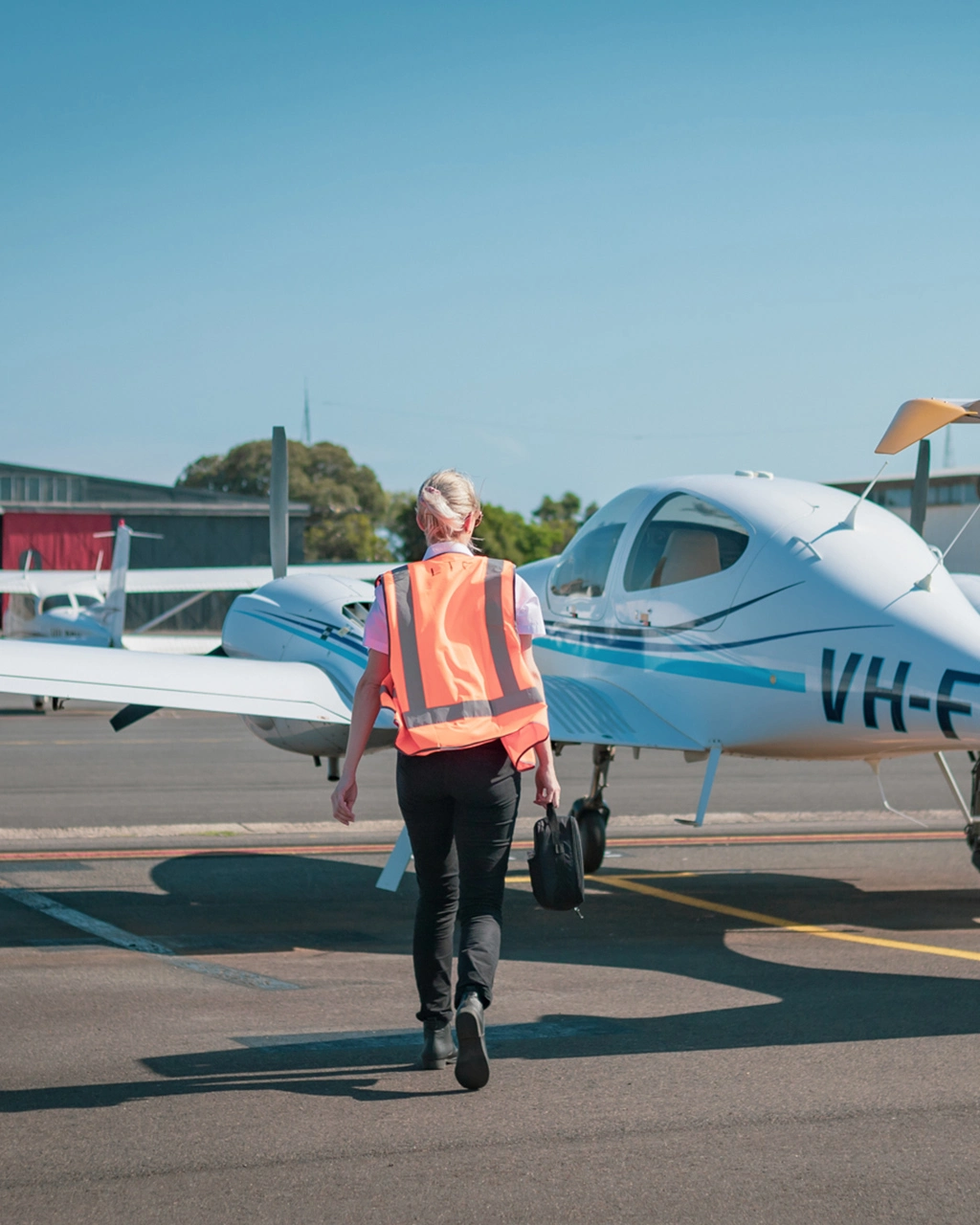
January 17, 2025
The Challenges and Rewards of a Career as a Pilot
A career as a pilot is an exciting and prestigious path that offers many rewards, but it is also filled with challenges that aspiring pilots must consider.
From the rigorous training process to the demands of the job and lifestyle, a career in aviation is not for the faint-hearted.
The Rigorous Training and Education Path
Becoming a pilot requires significant education and training. The journey typically starts with a basic private pilot license (PPL) and progresses to more advanced certifications, such as a commercial pilot license (CPL). In countries like Australia, aspiring pilots must complete comprehensive flight training programs that include both theoretical learning and practical flying hours.
Flight training in Australia requires aspiring pilots to attend ground school, which covers subjects like aerodynamics, meteorology, navigation, flight planning, and aviation law. The practical flying component is equally demanding, with candidates needing to log a minimum number of flight hours under various conditions. For a PPL in Australia, pilots must complete at least 40 hours of flying time, whereas the CPL requires around 150 hours, depending on the training organisation. This makes the training path long and intensive, demanding both physical and mental stamina from trainees.
One of the key challenges during this training is the need for continuous learning and adapting to new aviation technologies. Trainees must stay updated on industry standards, regulations, and best practices. The demanding nature of this education, coupled with the financial costs, can be a hurdle for many students, but it is also a vital investment into their future as professional pilots.
High Job Satisfaction and Career Fulfillment
One of the greatest rewards of being a pilot is the high job satisfaction and sense of personal fulfilment that comes with the job. Pilots enjoy a unique lifestyle that allows them to travel the world, meet new people, and experience breathtaking views from thousands of feet in the air. This sense of freedom and adventure is one of the driving forces behind many people’s decision to pursue a career in aviation.
For those who pursue advanced roles, such as commercial pilots or airline captains, the job can be financially rewarding as well. Pilots in the commercial aviation sector often earn competitive salaries and enjoy various benefits, including travel perks, healthcare, and retirement plans. Additionally, the potential for career advancement is significant, as pilots can move up the ranks to more senior positions with larger airlines or diversify into other aviation sectors, such as cargo transport, flight training, or corporate aviation.
Many pilots also find a sense of purpose in their work, particularly those who contribute to the safety of passengers and the efficiency of air travel. This high level of responsibility and the continuous learning required to stay sharp in the industry often lead to a strong sense of career fulfilment.
The Demands of a Pilot’s Lifestyle: Long Hours and Time Away
Despite the rewards, the lifestyle of a pilot can be demanding and challenging. One of the biggest drawbacks is the irregular working hours. Pilots are often required to work on weekends, holidays, and late nights. They may also face long flights that require them to be away from home for extended periods. This can make it difficult to maintain personal relationships or take part in family events and social activities.
The time away from home can be particularly challenging for pilots with young families. Depending on the type of flying they do, pilots can spend several days or even weeks away from their families. Although some pilots enjoy the independence and freedom that comes with travel, others find it lonely and isolating. Additionally, the need to adjust to different time zones and manage jet lag can add another layer of complexity to the lifestyle.
The Physical and Mental Health Implications
Being a pilot is not only mentally demanding but also physically taxing. The job requires intense focus, decision-making skills, and the ability to handle high levels of stress. Pilots must maintain sharp cognitive function, which is necessary for navigating adverse weather conditions, dealing with mechanical failures, and responding to emergencies.
One of the main physical challenges pilots face is fatigue. Long hours in the cockpit, combined with the demands of travel, can lead to tiredness and reduced concentration. This is particularly problematic for pilots flying long-haul international flights, who must adjust to multiple time zones and deal with the effects of jet lag.
The sedentary nature of the job also has health implications. Sitting for long periods can contribute to issues such as back pain and poor circulation, especially when coupled with limited opportunities for exercise during long layovers. Mental health can also be a concern, as the stress of the job and the irregular schedule may contribute to anxiety, depression, or burnout if not properly managed.
Maintaining good physical and mental health is critical for pilots, as aviation authorities require medical certification to ensure that they are fit to fly. In Australia, pilots are required to meet the standards set by the Civil Aviation Safety Authority (CASA) to hold a valid medical certificate, and regular health checks are mandatory for maintaining the privilege of flying.
The Job Market and Economic Stability in Aviation
The aviation industry can be highly sensitive to global economic fluctuations, which can impact the stability of a pilot’s career. Economic recessions, natural disasters, or global pandemics, such as COVID-19, can lead to reduced air travel demand, airline bankruptcies, and job cuts for pilots. As a result, many pilots face periods of uncertainty and must be adaptable to changing industry conditions.
However, despite these occasional setbacks, the demand for pilots is expected to remain strong in the long term. According to industry projections, the global aviation market will continue to grow, which will drive demand for new pilots, especially in emerging markets. In Australia, the demand for commercial pilots is expected to rise as the aviation sector recovers and expands, providing new opportunities for those entering the field through commercial pilot training programs.
For aspiring pilots looking to build a long-term career, obtaining a commercial pilot licence opens up opportunities to work for airlines, charter companies, or other sectors of the aviation industry. Additionally, entering a cadet pilot training program can offer a pathway to airline employment, with many major airlines offering structured programs for pilot recruitment.
A career as a pilot offers exciting opportunities and rewards but comes with its own set of challenges. The rigorous training required, the demands of the job, and the physical and mental toll of the profession all contribute to the complexity of pursuing a career in aviation. However, for those who are passionate about flying, the sense of job satisfaction, career fulfilment, and the opportunity to travel and make a difference in the aviation industry make it all worthwhile.


